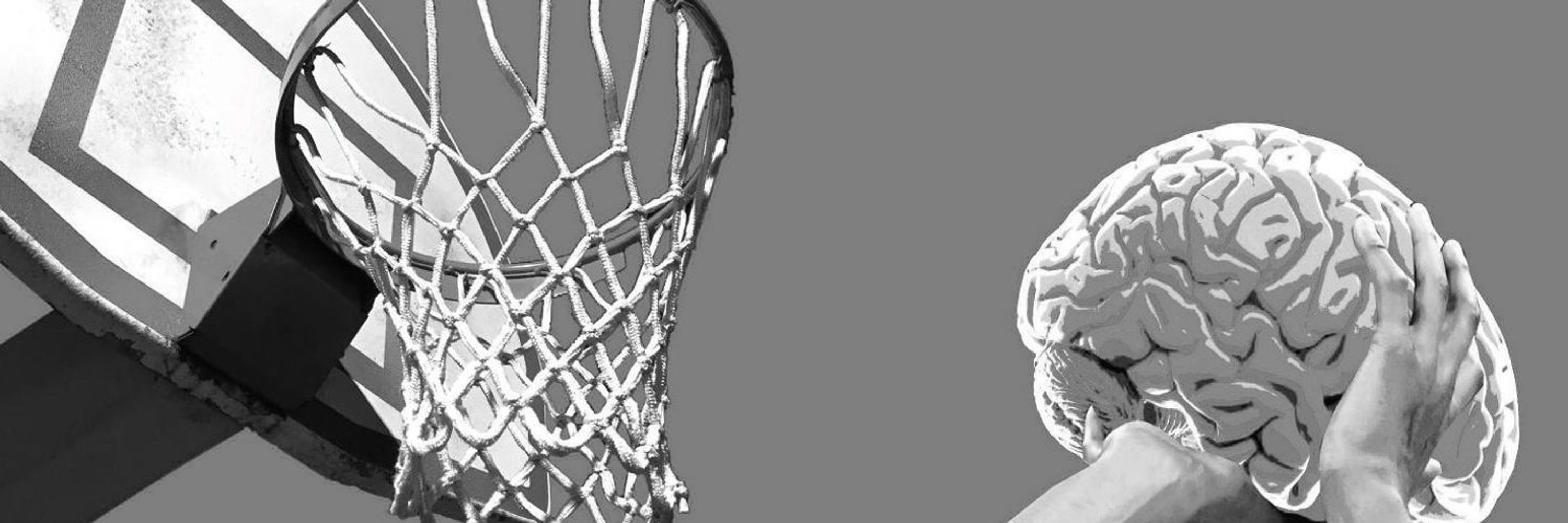
@ Harvard Medical School | McLean Hospital
| Trying to squeeze better brain juice from fMRI
Measurements of non-cognitive mental health and measurements of brain function during common fMRI tasks have little to do with one another
Akin to cardiac stress tests, more affectively provocative tasks may be needed to evoke🧠activity w/ MH relevance

Measurements of non-cognitive mental health and measurements of brain function during common fMRI tasks have little to do with one another
Akin to cardiac stress tests, more affectively provocative tasks may be needed to evoke🧠activity w/ MH relevance
1) Brain data and mental health data sorted subjects into discordant sets of subtypes
2) Subjects' relatively similar evoked brain activity profiles failed to reflect the comparatively diverse set of mental health profiles across subjects

1) Brain data and mental health data sorted subjects into discordant sets of subtypes
2) Subjects' relatively similar evoked brain activity profiles failed to reflect the comparatively diverse set of mental health profiles across subjects
Importantly, the composite scores used for each MH domain all had high measurement reliability and similar interindividual variability.

Importantly, the composite scores used for each MH domain all had high measurement reliability and similar interindividual variability.
Instead,🧠network activity near-exclusively encoded individual differences in #cognition across all paradigms.

Instead,🧠network activity near-exclusively encoded individual differences in #cognition across all paradigms.
(We've released maps of all 77 networks in a new "Task-Evoked Network Atlas"): identifiers.org/neurovault.c...

(We've released maps of all 77 networks in a new "Task-Evoked Network Atlas"): identifiers.org/neurovault.c...
Importantly, the composite scores used for each MH domain all had high measurement reliability and similar interindividual variability.

Importantly, the composite scores used for each MH domain all had high measurement reliability and similar interindividual variability.
Instead,🧠network activity near-exclusively encoded individual differences in #cognition across all paradigms.

Instead,🧠network activity near-exclusively encoded individual differences in #cognition across all paradigms.
(We've released maps of all 77 networks in a new "Task-Evoked Network Atlas"): identifiers.org/neurovault.c...

(We've released maps of all 77 networks in a new "Task-Evoked Network Atlas"): identifiers.org/neurovault.c...

